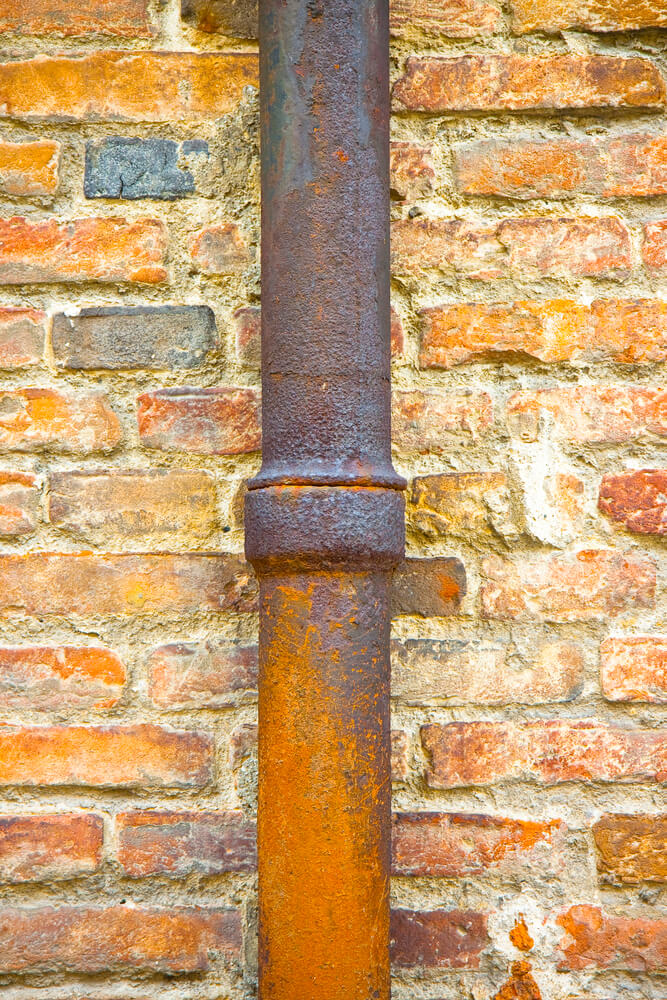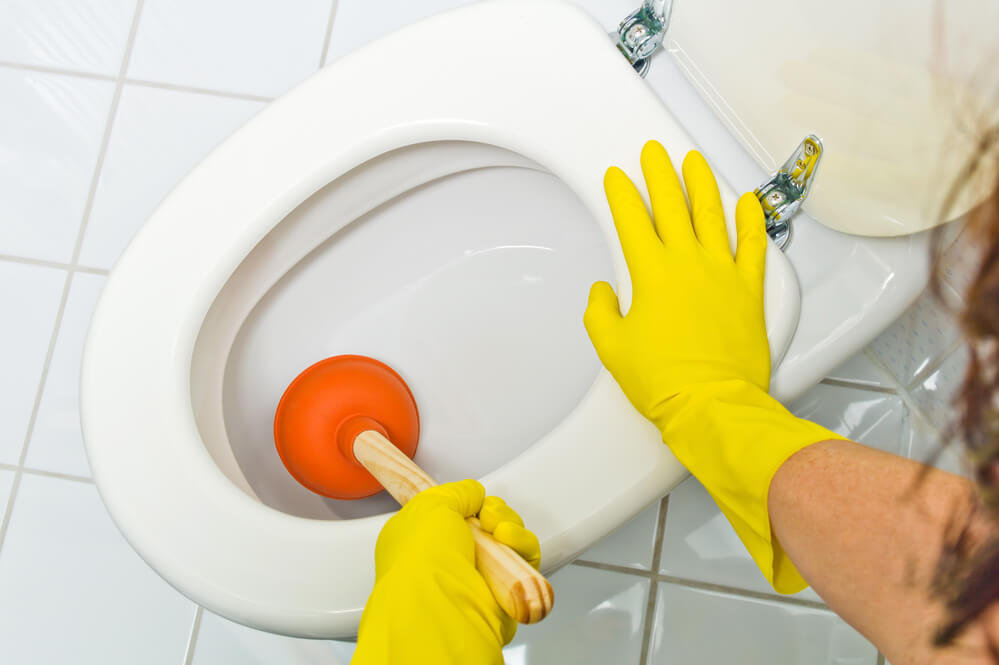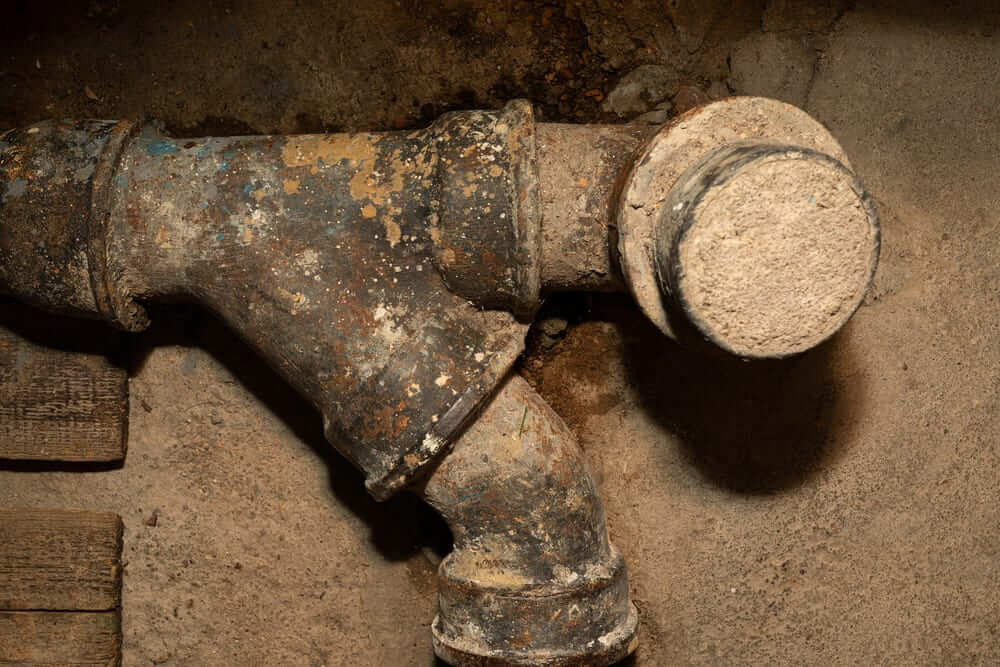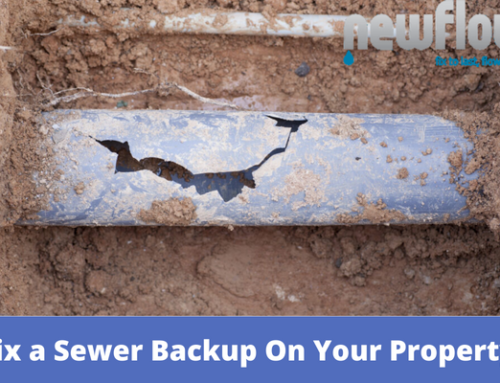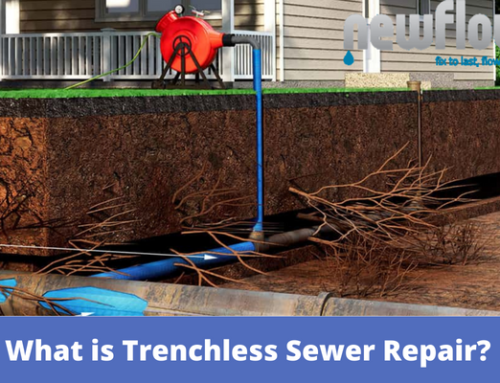A Guide To Your Plumbing: The Sewer Stack
Do you know where your sewer stack is? Do you know what a sewer stack even does? When should you repair or replace your sewer stack? All these questions and more will be answered in this article.
What Is The Sewer Stack?
The sewer stack, also known as the soil or waste stack, serves two purposes in your home. First, it removes sewage from your home, and second, it releases sewer gas out of your home through your roof. The sewer stack is a vital component in your plumbing system.
Your fixtures, such as sinks, toilets, and tubs, drain toward the vertical sewer stack. That then leads down to your home’s main sewer line (which connects to your city sewer connection). The sewer stack also leads up to what’s called the vent pipe.
Now that you know what the sewer stack is let’s go over some problems you might have.
Sewer Stack Problems
Your sewer stack can have a variety of afflictions.
- Constant Backups – Your sewer stack is connected to all of your toilets, sinks, showers, and bathtubs. If you notice clogs and backups in all of your fixtures, the main culprit will likely be your sewer stack or sewer line.
- Sewer Odor – Smell that? Does that smell get worse near your walls or bathrooms? If you smell sewage in your home and ruled out your trash can, you can be confident that a crack or leak is releasing that horrible odor.
- Slow Drains – Do you notice water takes its time going down your drains? Is your shower filling up with water or your sink pooling up? If all of your drains are slow, it’s the sewer line again!
- Unnatural Yard Growth – What is going on with your grass? Do you have spots of crazy growth? When your underground sewer line collapses, or leaks, or anything, grass loves the “fertilizer” that your pipe is feeding it. You will notice specific areas of growth, almost like a trail of breadcrumbs leading to your home.
- Foundation Issues – Believe it or not, a collapsed sewer line can affect your home’s foundation in ways you would never have thought. When a drain pipe leaks sewage, the excess water will cause the soil to expand and shrink (if the foundation was built on top of expansive soil), causing your foundation to shift.
- Insects or Rodents – If a drain pipe is damaged, rats, mice, sewer flies, or cockroaches can enter your home. Calling pest control may eliminate the current invaders, but the pipe is still cracked and they will come back.
- Rust – You may notice tiny rust spots appearing on your pipes. These weaken the metal and lead to leaks or even total collapse. Your stack may be hidden, and the spots may not be noticeable, but call a plumber now if you see them!
What Affects Sewer Stacks?
Below are some common reasons why sewer stacks need repair or replacement.
- Tree Roots – Older trees on your property are bound to have long, invasive roots. They seek out nutrients, sensing pipes flowing with waste or water. The roots attack the joints where the lines are their weakest, such as cracks. Once they’re inside, they drink and drink until the roots clog up your pipes.
- Old Pipes – Old sewer lines made from cast iron or terracotta are more likely to fall apart or leak. Metals corrode and rust over time, while terracotta pipes are very susceptible to roots and leaks. Modern pipes are made with PVC, but the pipes used in homes built before the 70s are usually made from an outdated material.
- Soil Failure – Soil shifts around your property can cause pressure on the sewer lateral, causing them to crack, leak, and collapse. Soil can shift due to rain, floods, drought, freezing temperatures, and more.
- Clogs – Oil, grease, and fats tend to build up inside your pipes, shrinking the area waste can flow through. Things like “flushable” wipes, paper towels, too much toilet paper can build up at these sections where there is no room to escape. Only flush toilet paper and bodily waste down your toilets, and don’t dump grease down your sink.
These are not things that you want to live with long. Don’t wait to react to any of these clear signs of a damaged sewer stack.
When Should You Repair Your Sewer Stack?
If you notice any of the signs above, now is the time to repair your sewer stack. Take note that repair is like a band-aid solution. A repair can be fast and accomplish a quick fix, but the problem is not gone forever. If you replace one section of pipe, the other ends where the old meets the new will encounter the same problems as before. Leaks, cracks, rust, and more will continue to show up along your pipes.
Read also – When Is The City Responsible For Sewer Lines
When Should You Replace The Sewer Stack?
Unless you want the rest of your plumbing to fail, it is recommended that you replace your sewer stack and connecting lines if they begin to fail. Below are some sewer stack and sewer line replacement methods.
Pipe Lining (Trenchless)
A unique, epoxy-impregnated liner is inserted into the old pipe and inflated. This creates a new pipe inside the old one. Pipe lining can be considered replacement or repair depending on whether the whole pipe length will be lined or just a section.
If only a section of pipe (a spot repair) is lined, it is considered a repair. If you line the whole pipe from start to finish, it is like getting a brand new pipe installed (aka replacement).
Pipe Bursting (Trenchless)
Pipe bursting is where a new HDPE (high-density polyethylene) pipe is attached to a winch with a cone-shaped bursting head and pulled through the damaged line. The damaged pipe breaks apart as the new one takes its place.
Note: Sometimes, a drain pipe is so severely damaged that no trenchless method is viable. Plumbers cannot use trenchless technology on pipes that are back-pitched, which means that the original contractors failed to use the proper slope for your sewer line to your city connection. Also, if the pipe has collapsed onto itself, you will have to go the conventional trenching route.
Read more about – The Best way to repair a sewer drain
Cost To Replace A Sewer Stack
Trenchless sewer repair can cost anywhere between $4,000-$15,000 for the average single-family home. Jobs range from a few feet of repair to hundreds of feet, changing the pricing per amount of needed work. There will always be a base cost starting at permits, contractor mobilization, project minimums, and prices moving on from there.
Conventional sewer repair, on average, costs $50 to $450 per linear foot. The price to install brand new pipes throughout your home or yard could run to $15,000 because of all the extensive work, such as trenching and excavation. Conventional sewer repair quotes will be lower than trenchless, but they don’t include the cost to clean up the mess and repair the property damage.
Who Can Fix Your Sewer Stack?
It’s time that New Flow Plumbing comes in to save the day. We’ll get you started with a CCTV sewer camera inspection to determine where your problems come from. Then, we give you a free repair estimate, followed by available repair options. Whatever the issue, New Flow Plumbing will have your plumbing running perfectly again.

